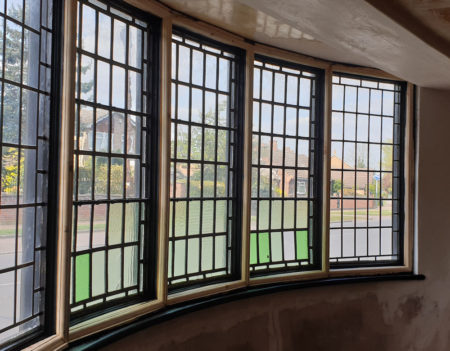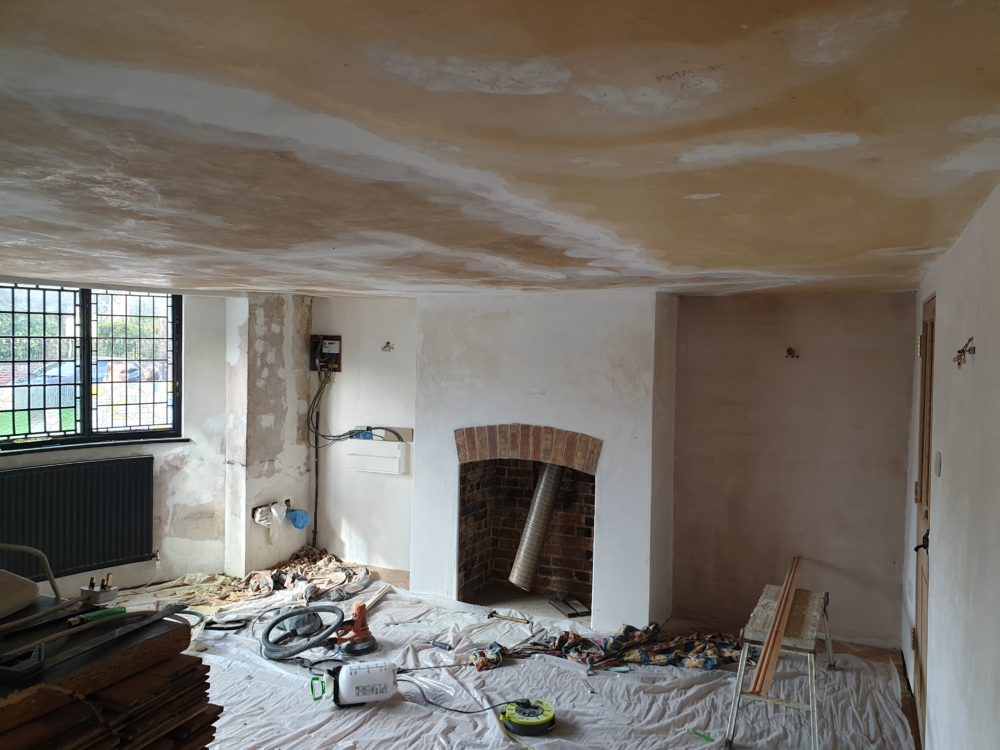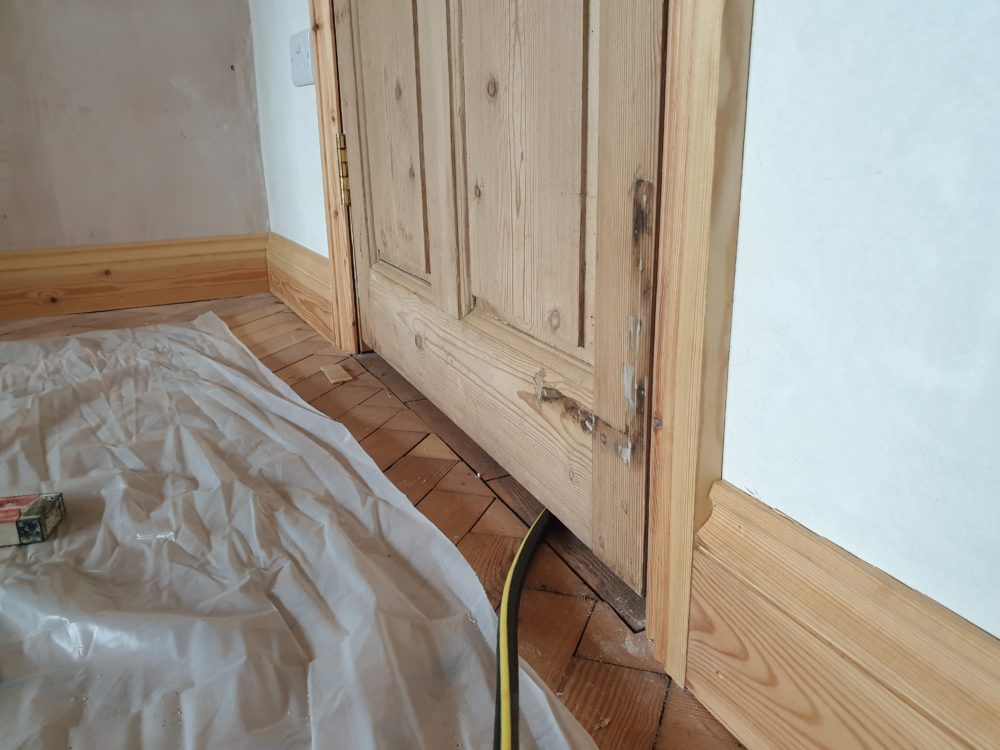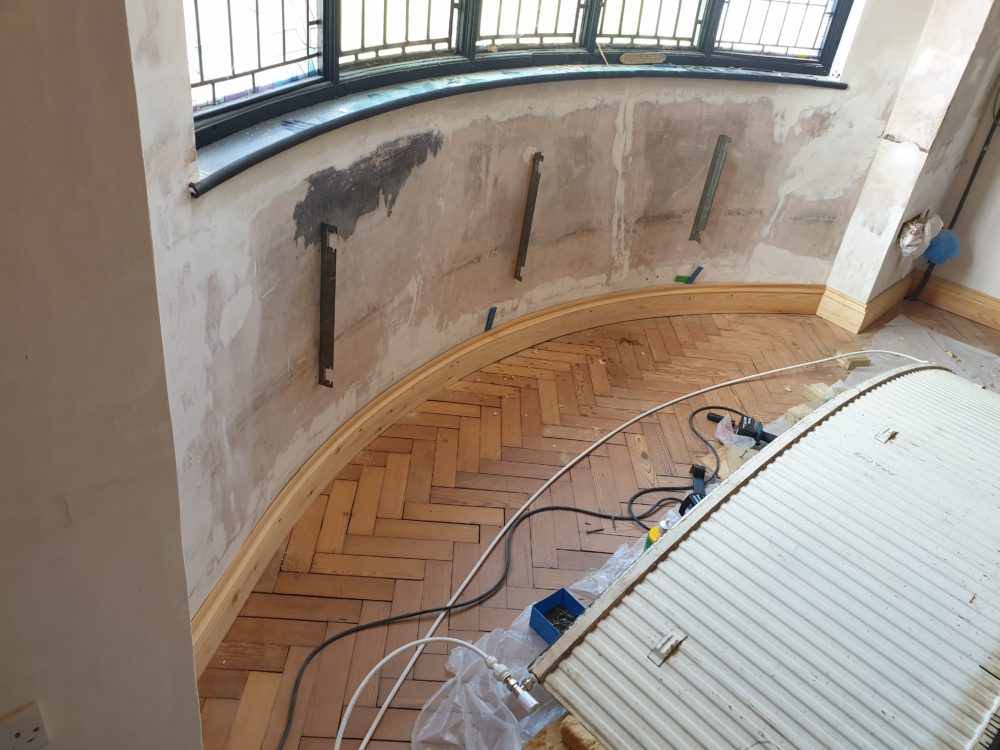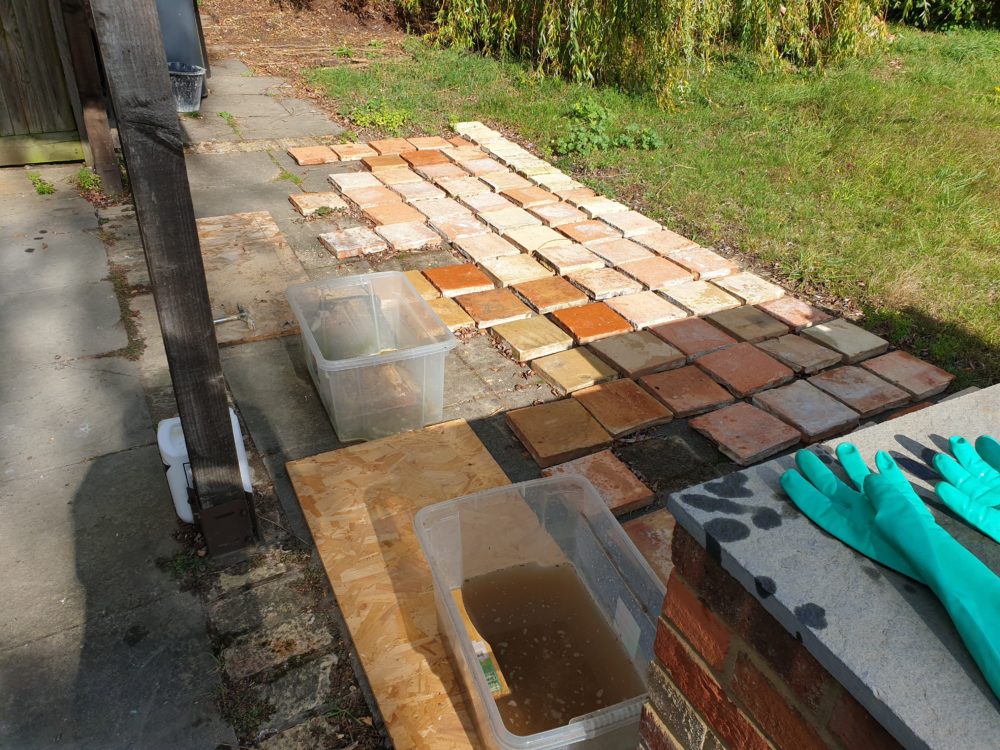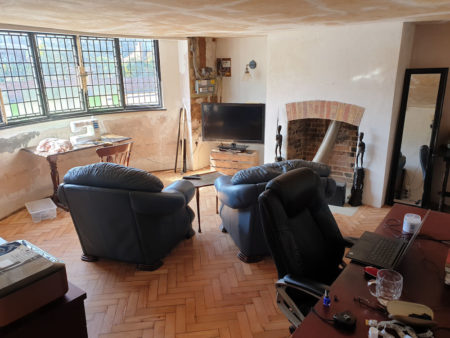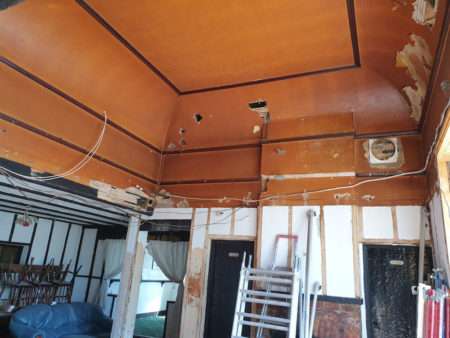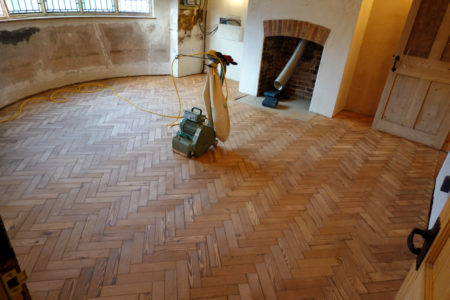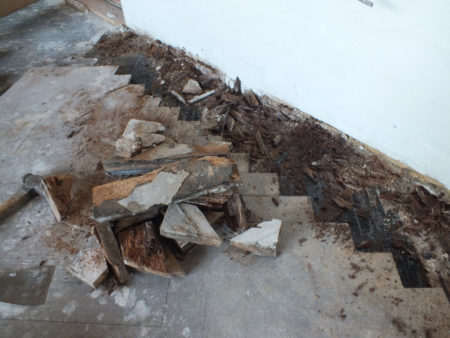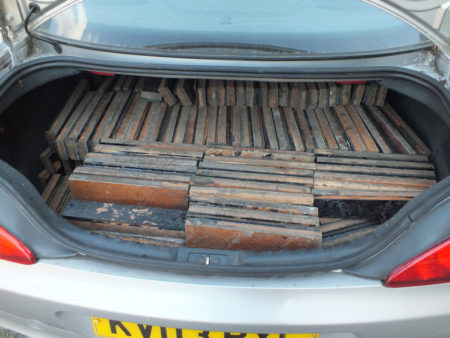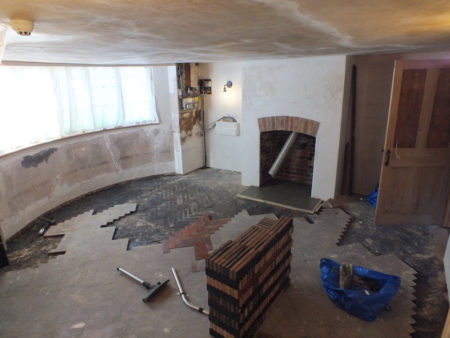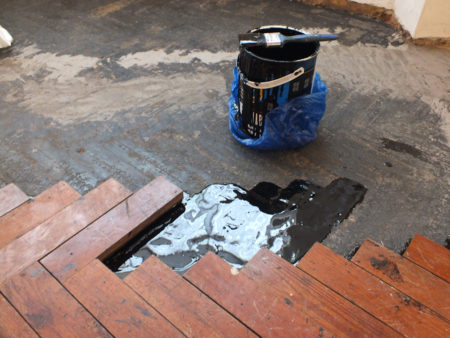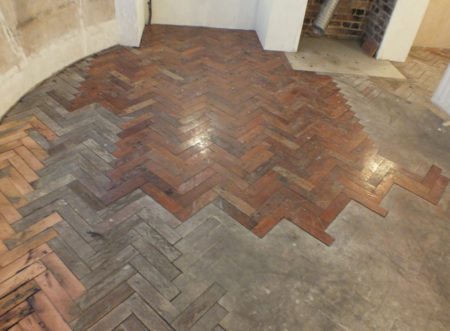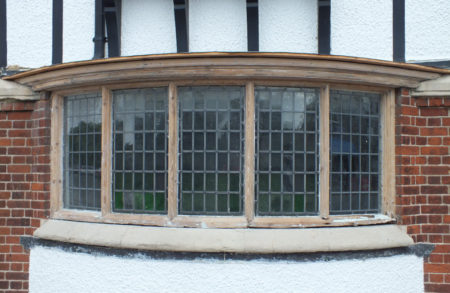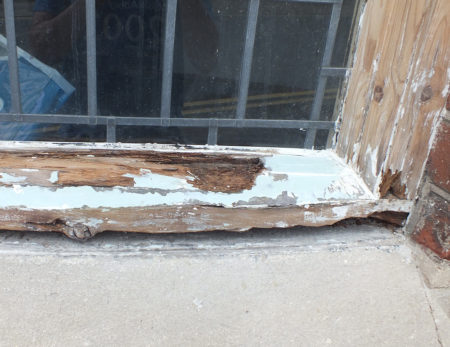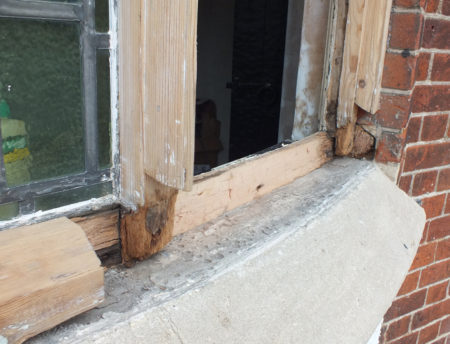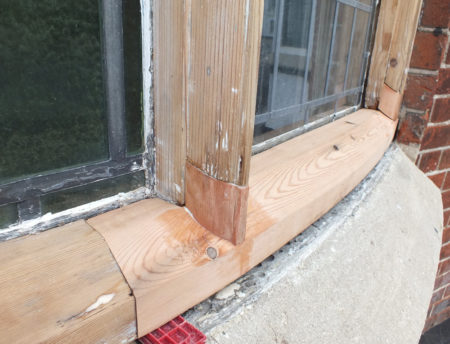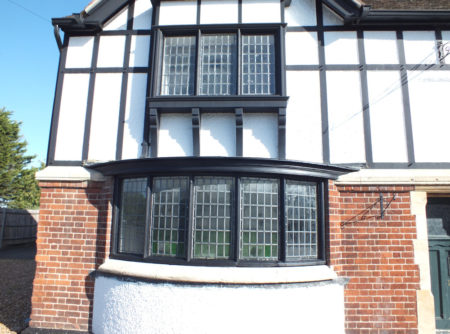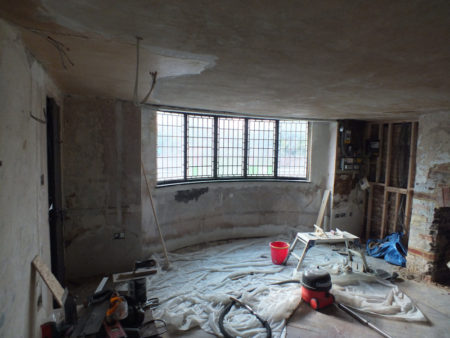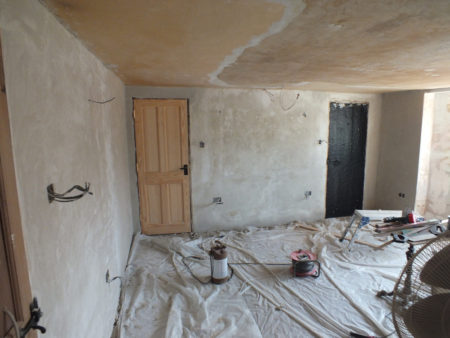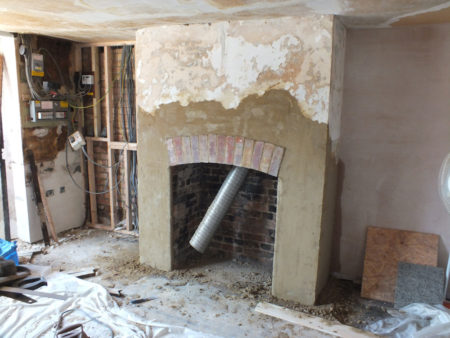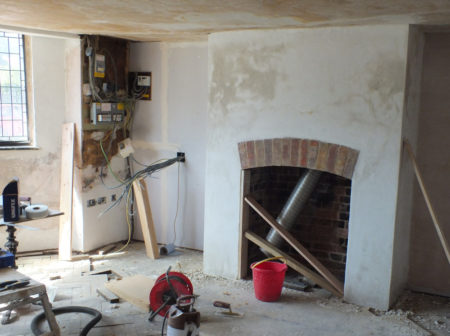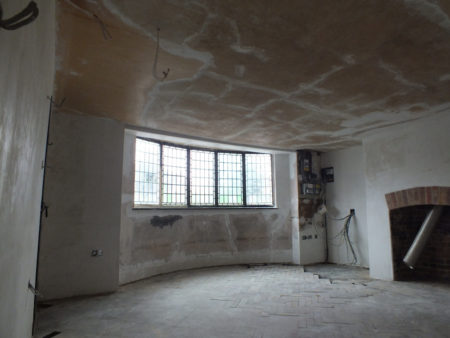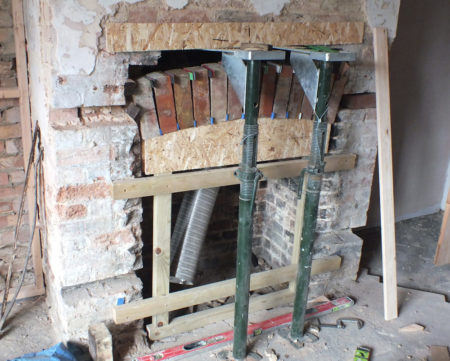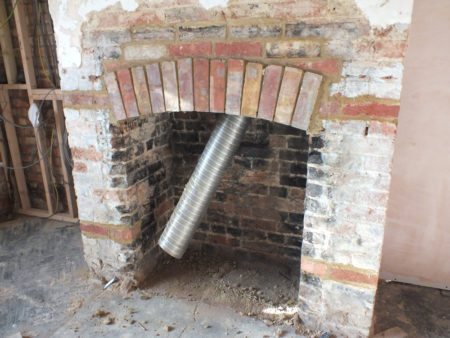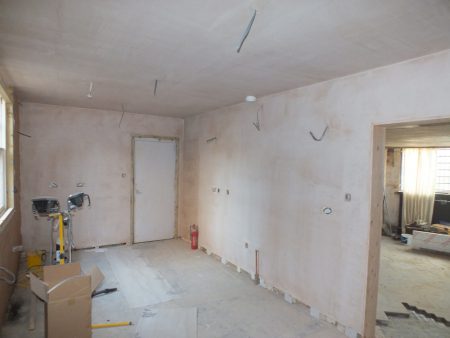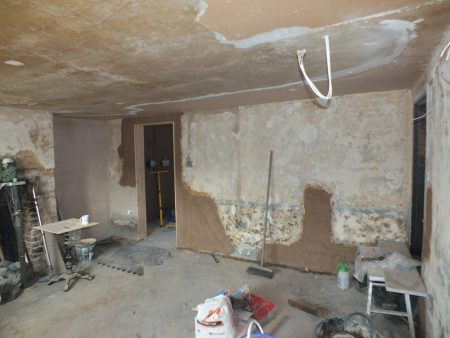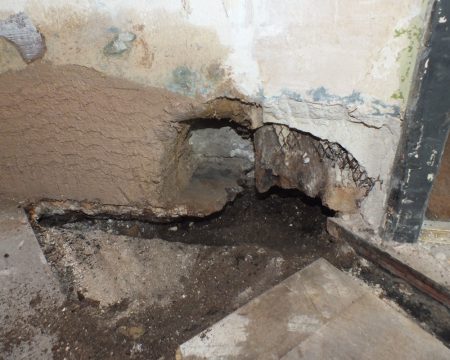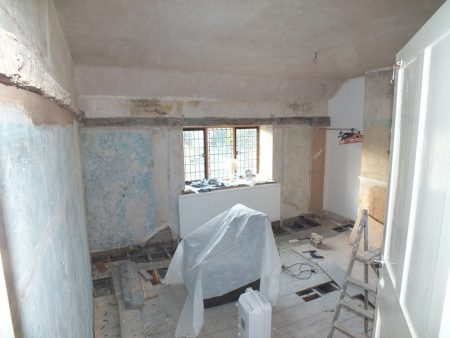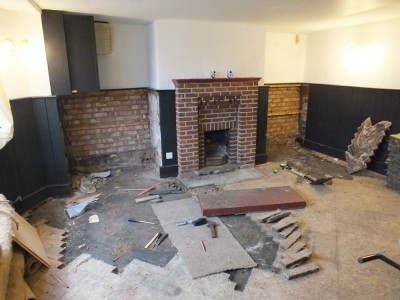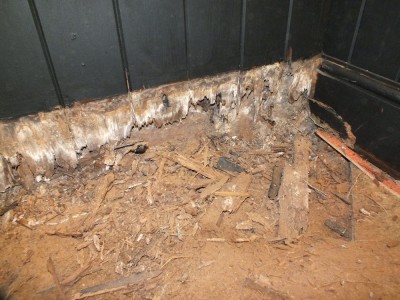I’m retraining to do building conservation work, so if you fancy some Arts and Crafts secondary glazing my email is at the bottom of the page. Or if you prefer making your own here is a somewhat dimensioned pdf of the profiles together with a cutting plan that didn’t account for the saw blade width.
I’ve been messing around with ideas for secondary glazing for the last couple of years. The mainstream secondary glazing seems really ugly and very expensive. My bay windows don’t have any openers so I’m planning to make a fixed wooden frame with a similar profile to the existing frame. Here is my prototype. It doesn’t quite fit together because of the curve in the bay, but it’s close enough for me.
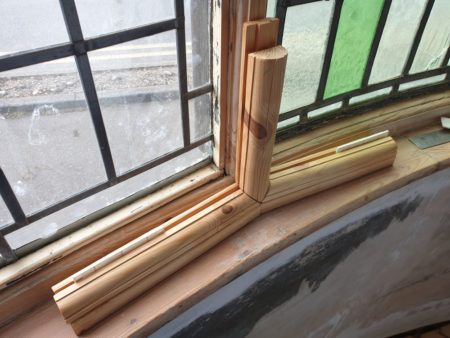
Last year I bought a table saw and router table for the work, and enough wood for both bays. Today I have made a start and have been creating sawdust. As usual I’ll update this post as I go along.
If you ever buy a table saw make sure it has a cast base with some chance of staying flat. I’ll be buying another one before doing the big bay window.
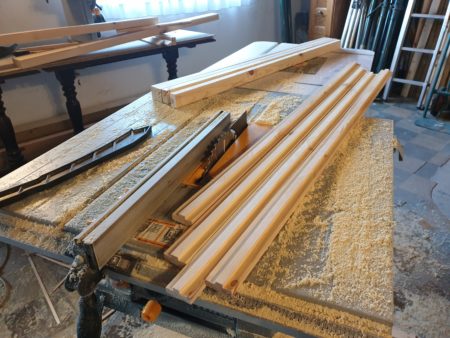
The profiles worked out well. My dimensions are a little inconsistant, but there should be some adjustment possible during fitting. The edge mouldings went through a redesign as I realised it would be better to attach them to the window frame rather than the cill and ceiling.
Annoyingly I can’t figure out how I did some of the radiuses on the protype. I remember putting a lot of thought into it at the time but have forgotten all that now.
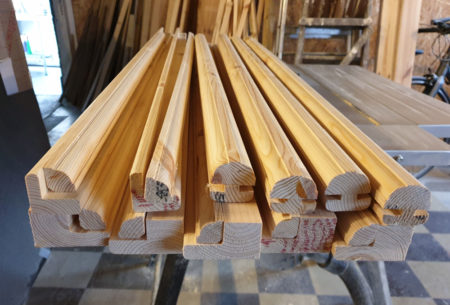
Fitting the glazing frame was time consuming. The window isn’t a very consistant shape so it took a little imagination to fit the glazing frame in a way that would accept rectangular glass. The bay is curved and a 7 degree angle kept cropping up, and not always where I was expecting it.
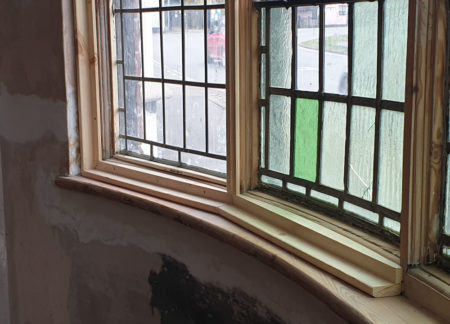
Adjusting things to fit and then fixing the glazing frame took 2.5 days in total, more than it took to make the profiles in the first place. After getting everything perfect I added 1mm gaps between the bits of wood to allow for some expansion. I’ll fill those with linseed putty.
Then after all that obvious progress in just half a day. I finished off the prep and painted the inside of the window. In the photos it looks nice in natural finish, but in the flesh it looks a whole lot nicer in black. It’ll go more matt once the linseed oil paint soaks into the wood and dries.
The glazing at each end is not original. I think someone skipped some rare curved Crittall openers and replaced them with flat glass with some lead stuck on. The middle three panels are curved.
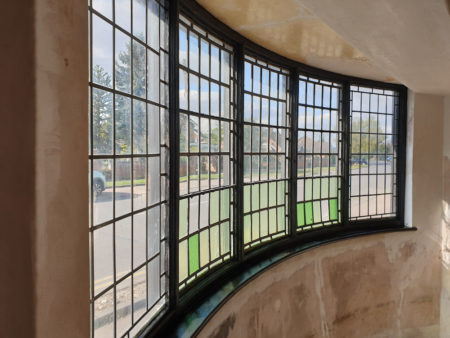
I maged to paint over the numbers on the secondary glazing frame pieces that told me where they fitted and was left with a jigsaw puzzle.
With the frame in place I started cutting the mouldings to size and now my brain hurts. The parts are cut at either 45 degrees, 41 degrees or 49 degrees depending on the moulding width. The 41 degree cuts also have a 7 degree compound angle to account for the curve of the window. Gave up and had beer instead.
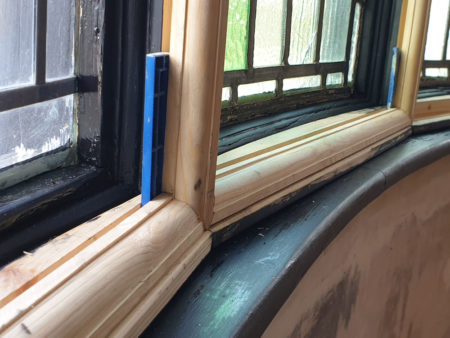
I found cutting the profiles to shape was much easier when I used an off-cut and cut the ends to fit the angle of the uprights then marked the saw settings on the cut end. Once I had the angles it was easy to cut mouldings to the right length and angle. The angles were different for every piece, largely because I set the glazing to fit the window and the window isn’t quite straight.
I’m very pleased with the finished secondary glazing. It blends in and looks like it could be a part of the original window, and will likely disappear completely once it’s black. I think the glass will stand out much more than the frame being faceted rather than curved, but I’ll wait until I’ve finished the big window in the next room before ordering the glass. This job has taken 7 days so far, and it’ll be interesting to see how much quicker I get on the big bay.
